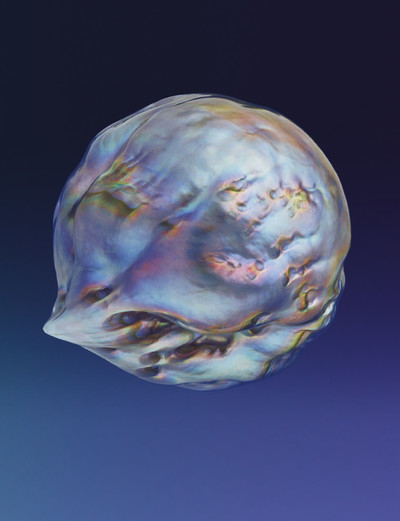How the art and industry of gaming might hold the future for fashion.
By Mohamed Megdoul
Photograph by Erwan Frotin
How the art and industry of gaming might hold the future for fashion.

I was born in the 1980s and video games have always been part of my culture. I’ve watched them become both art and industry and, because they’re tied to technological innovation, I’ve witnessed their constant evolution. Each day new visual languages and ways to play are emerging, as well as innovative, surprising and sometimes revolutionary interactive processes. Despite this, they are often inspired by concepts or aesthetics produced by other cultural domains, and one of the gaming world’s biggest transformations over the past few years is actually rooted in a phenomenon first noted in the late 19th century. Games manufacturers have understood, as fashion has long done, the concept first put forward by American sociologist Thorstein Veblen, of ‘conspicuous consumption’.
This new trend in gaming is perhaps best exemplified by Fortnite, the shooter-game phenomenon that’s free to download and play yet still earned $1.8 billion for its creator, Epic Games, in 2019. Most of that revenue came from the sale of avatar skins – or virtual outfits – and accessories within the game, which allow players to show off their difference from their fellow gamers. The companies that make games such as Fortnite, Warzone, Pubg or Apex have taken up Veblen’s notion – originally a criticism of the Gilded Age – and used it as the basis of an economic revolution. In 2019, the global video and electronic games market generated over $152.1 billion – $109 million more than the global film box office.
Sensing both the financial and marketing opportunities, fashion houses have made various incursions into the gaming universe through partnerships with existing games (The Sims × Moschino; Louis Vuitton × Final Fantasy) or by commissioning mini-games to accompany the launch of clothing lines or a collection (Gucci Arcade; Burberry B Bounce). Recently, as real-life events have become impossible, labels have taken refuge in virtual spaces (Animal Crossing × numerous brands). Nevertheless, even the most interesting of these collaborations still see brands treating games as just another media space. They rarely understand it as a complete creative culture with its own language, one that can actually inspire radical creativity.
It’s an attitude I’ve encountered since I was at ENSAD, an art and design school in Paris, where 500 students would analyse, dissect and reinterpret all forms of cultural industries – contemporary art, movies, animation, design, graphic design and fashion – all except one, despite it being perhaps the world’s most influential: video games. That was one of the reasons why I founded a magazine, Immersion, in 2017: I wanted to understand the impact on the world of gaming’s aesthetics and philosophy, how the industry has become part of art and culture, and been nourished by and influenced other practices. That influence and power can only deepen as gaming alters our relationship with reality and video games become multiverses of feelings, memories and emotions.
Recently, I was in feudal 12th-century Japan. Playing a samurai in the game Ghosts of Tsushima, I was hiding out from my enemies in long grass. The greenery surrounding me dynamically reacted to my movements in a way that was technically impossible only a few years ago but is today almost commonplace. As I sat in that amazingly rendered, stunningly reactive grass I began to wonder how similar techniques could be used to strengthen our ties to a brand, a design, a material, even a texture. Could the same game-design techniques be used to recreate the feeling and touch of a chiffon or a velvet? Could it help designers bring real emotion to the virtual rather than just a straightforward representation of a product? Because while I could describe what I did during my game of Ghosts of Tsushima, I would have difficulty conveying how I felt as I crossed those virtual landscapes and interacted with the world. Gaming is an emotional medium; it creates unique sensorial and physical sensations, which if taken seriously by the industry could make it as important to fashion as photography, film, magazines or shows.
Isn’t it time that a fashion house worked with a legendary games designer to develop a global campaign as a gaming experience, a glorious interactive massive online fashion multiverse? The result could not just be a chance to show off clothes, but also a major cultural and historical landmark. Isn’t it time to move beyond virtual avatars or offering collections of branded skins inside games and take what gaming can offer in terms of truly immersive experiences? Game designers can surely find new ways to use the mechanisms of gameplay to serve brands and their ambitions. The industry should no longer be content to remain on the surface; it should instead take a deep dive into a medium that offers untold possibilities to help fashion continue doing what it has always done – change how we see the world.